The philosophy of Robert’s Rules of Order, Newly Revised (RONR) is that “the minutes should contain mainly a record of what was done at the meeting, not what was said by the members. The minutes must never reflect the secretary’s opinion, favorable or otherwise, on anything said or done”.
I would argue that there are only two records of meetings that won’t reflect the secretary’s opinion: minutes as described in RONR, or a transcript. It is impossible to summarize – essentially, to make a series of decisions about what can be discarded, and what the essential point of a speech is – without imposing some subjectivity onto the text.
RONR-style minutes are safe because they avoid this injection of the personal into official records by eliminating personal choices. Motions are made and the prevailing vote is recorded. But they’re also not particularly well-suited for the structure of Senate, much of which is presentations. And much of Senate is symbolic. Some people speak so that their point makes it into the written history of Senate, to presumably be perused by future Senators, decision-makers, or, if we’re feeling especially self-important, historians. McGill offers few interfaculty channels to bring attention to issues facing the University. It’s natural to want interventions, that do not necessarily result in official decisions, reflected in public-facing summaries of what happened.
At the first Senate Steering meeting I attended, I took issue with how one intervention was summarised because I thought it failed to mention the crux of the Senator’s argument. I was told that minutes aren’t meant to be a word-for-word transcript.
Since Senate minutes are an awkward in-between of RONR minutes and transcripts, they aren’t governed by any rules. The secretary could vary their level of detail at will throughout the meeting, and there is no recourse. I trust the current secretary to try approach notetaking with impartiality, but it is a position presumably hired by ‘administration’.
One solution to this tension is for archived recordings of Senate be its new official record. Live-video recording of Senate began in March 2014. An Ad Hoc Committee on the Recording and Transmission of Senate Meetings was created in 2012, following a question from a Senator. The Committee found that recording was important, especially given the limited number of seats available in the room. The Committee mentioned that viewers should be able to see the livestream only during the meeting, but also made reference to an archiving process. This committee also recommended that the minutes stay the “official record of Senate”.
A survey that received 220 responses was also conducted by the Committee. The report says “an overwhelming majority of the respondents favoured the continuation of livestreaming of Senate meetings, and also indicated that archiving of the live transmissions would enable more viewers.” So it was against the “overwhelming majority” of 220 respondents that recordings weren’t archived.
Revised terms of reference for Senate were passed in 2020. Someone asked why recordings weren’t archived, and the 2014 report was invoked. But the 2014 report does not concretely end the debate. Now, ten years have passed. Our technological capacity has increased, and conflict between senators and the Secretariat team seem inevitable. Perhaps it’s worth re-opening that can of worms.

